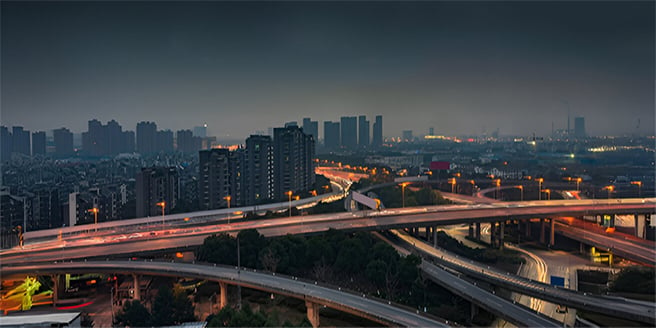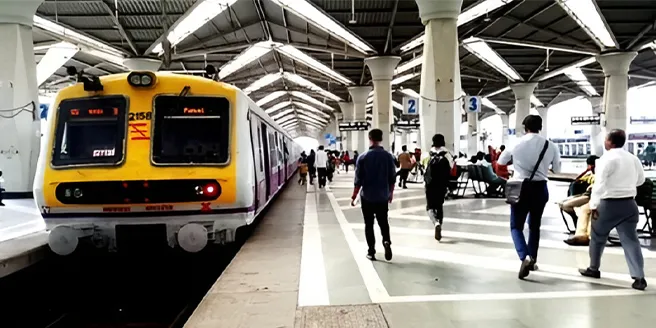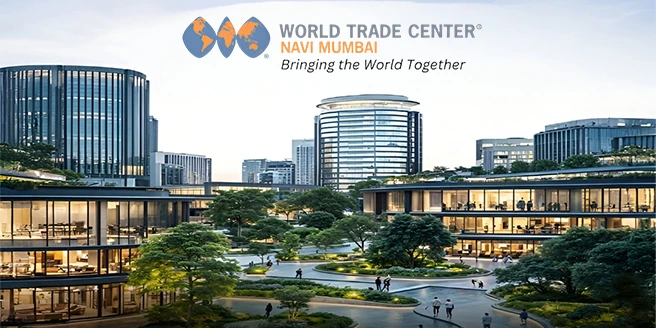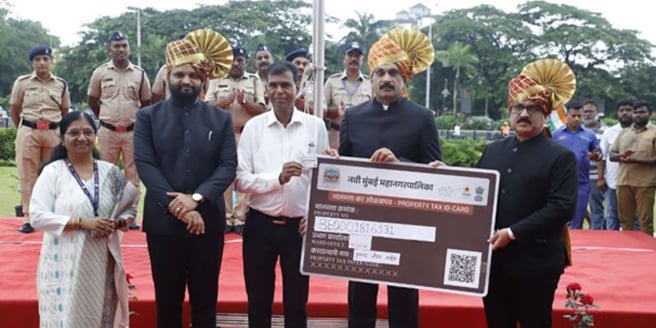Let’s be honest.
Mumbai has always grown when no one was looking — and rewarded those who bet early.
Whether it was the silent rise of Goregaon in the 90s, Powai in the 2000s, or Kharghar post-2010 — every new chapter started quietly and then exploded into opportunity.
And now, Mumbai’s next chapter is here.
A massive decentralization movement that isn’t just about roads or towers — it’s a complete shift in urban planning.
This is Maha Mumbai 3.0. And if you’re a homebuyer or investor — this might just be the most important story of this decade.
So, What Exactly Is Maha Mumbai 3.0?
Think of it like Mumbai’s future being built beyond the current Mumbai.
Where Mumbai 1.0 was South Mumbai’s heritage.
Mumbai 2.0 was the expansion into the suburbs and Navi Mumbai.
Now, Mumbai 3.0 is a strategically planned mega-region, powered by infrastructure, greenfield development, and economic decentralization across Raigad, Thane, and eastern Navi Mumbai zones.
And it’s not just Taloja or Panvel.
We’re talking about:
- Uran – Logistics and Port Powerhouse
- Pen – Future Smart Residential & Industrial Node
- Kalyan-Dombivli – Next Affordable Hub with Upcoming Bullet Train Influence
- Neral-Karjat – Nature-Driven Work-Life Integration
- Dronagiri, Pushpak Nagar, Ulwe – Airport-Adjoining High-Potential Microcities
- Panvel, Taloja, Kharghar, Khalapur – CIDCO-driven Smart Nodes
- Chirner, Sai, and Karnala – Core of the “Third Mumbai” masterplan
Let’s Break Down Mumbai 3.0 — Area by Area
| Zone | What Makes It Part of Mumbai 3.0 |
| Panvel | Upcoming international airport, mega rail junction, proximity to MTHL |
| Kharghar & Taloja | Metro-ready zones, near NMIA, planned under CIDCO’s smart city vision |
| Dronagiri & Ulwe | Port-led growth (JNPT), close to MTHL and Airport |
| Pen | Included in NAINA, well connected by NH-66 and rail, planned for industry + housing |
| Uran | Coastal logistics, port operations, MTHL ending point, industrial zone |
| Kalyan | Bullet train corridor, major MMRDA road links, high housing demand growth |
| Khalapur | Tourist + second home + residential combo with growing commercial push |
| Chirner-Sai-Karnala | Central spine of the 323 sq.km “Third Mumbai” by CIDCO with full master-planned development |
Latest Project Updates That Prove Mumbai 3.0 is Not Just a Plan
✅ Navi Mumbai International Airport (NMIA)
- Phase 1 (Runway + Terminal) nearly 90% complete as of 2025
- Will handle up to 90M passengers/year by final phase
- Boosting Ulwe, Pushpak Nagar, Dronagiri, Panvel, Pen, and Kharghar
✅ Mumbai Trans Harbour Link (MTHL)
- Operational since Jan 2024 — India’s longest sea bridge
- Cuts Sewri to Chirle (Raigad) travel to 20 minutes
- Unlocks Uran, Ulwe, Chirner, and Dronagiri
✅ Navi Mumbai Metro (Line 1)
- First 11.1 km stretch (Belapur–Pendhar) active
- Remaining phases to connect to Airport and Taloja Extension
✅ Third Mumbai Masterplan (CIDCO & NAINA)
- Covers 324 sq.km across Raigad (Chirner to Pen belt)
- Focus on balanced residential, industrial, education, and logistics ecosystems
✅ Private Investments Fueling It
- Blackstone investing $11 Billion in Maharashtra — $5 Billion for Mumbai 3.0
- MMRDA allocated ₹4.07 lakh crore over 5 years — biggest infra budget ever
✅ Global Collaborations
- South Korea & MMRDA tie-up for smart infrastructure planning and urban innovation
Let’s Break Down Mumbai 3.0 — Area by Area
2013–2023: Conceptualization and Initial Planning
- 2013: The Government of Maharashtra introduced the concept of the Navi Mumbai Airport Influence Notified Area (NAINA) to manage development around the upcoming Navi Mumbai International Airport (NMIA).
- 2014–2023: CIDCO, as the Special Planning Authority (SPA), initiated the preparation of Development Plans and Town Planning Schemes (TPS) for NAINA, focusing on structured urban growth.
October 2024: Formalization of KSC New Town
- October 15, 2024: The state government officially designated 124 villages across Uran, Panvel, and Pen talukas in Raigad district as the Karnala-Sai-Chirner (KSC) New Town, covering an area of 323.44 sq. km.
- The Mumbai Metropolitan Region Development Authority (MMRDA) was appointed as the New Town Development Authority (NTDA) for KSC New Town, taking over planning responsibilities from CIDCO for this region. (The Times of India)
December 2024: Strategic Planning Initiatives
- December 12, 2024: MMRDA received approval to prepare detailed planning proposals and development regulations for the notified area, marking a significant step towards structured development. (Free Press Journal)
2025–2026: Surveys and Master Planning
- Early 2025: MMRDA commenced comprehensive surveys, including aerial and ground studies, across the 124 villages to gather data for the master plan. (Free Press Journal)
- Mid to Late 2025: Appointment of consultants to develop a Geographic Information System (GIS)-based map, vision document, and detailed development strategy for KSC New Town. (Free Press Journal)
- August 2026: Targeted completion of the comprehensive master plan, setting the stage for infrastructure development and land acquisition processes. (Free Press Journal)
2027–2030: Infrastructure Development and Implementation
- 2027 Onwards: Initiation of infrastructure projects, including roads, utilities, and public amenities, as per the approved master plan.
- 2028–2030: Phased implementation of residential, commercial, and industrial zones, aligning with the region’s growth trajectory.
Who Should Seriously Consider Mumbai 3.0?
✅ New Families – Can’t afford city prices but want better livability, connectivity, and green space
✅ Working Couples – Future-ready metro + expressway zones to cut commute chaos
✅ NRIs & Smart Investors – Entry cost is low, exit value is exponential
✅ Business Owners – Industrial & warehousing zones around Pen, Uran, Taloja, and NAINA make it viable This is not remote investment. This is strategic buying at the mouth of transformation.
Who Should Seriously Consider Mumbai 3.0?
- Match Infra Milestones with Project Readiness
(Don’t buy future promises. Buy near real progress — like metro stations already built.) - Check CIDCO Zoning, NAINA Maps
(Government-backed planning = long-term value protection) - See Commute Time via MTHL, Metro, Expressway
(Google Maps + future projects = your new investment calculator) - Work With Hyperlocal Experts (That’s Us)
We talk daily with developers, plot owners, and local engineers. We know what’s cooking before it’s on the news.
Final Words From a Ground-Level Friend
Mumbai 3.0 is not a “new city.”
It’s the right version of Mumbai — inclusive, planned, spacious, and smart.
The question isn’t will it grow?
The question is will you be part of its growth, or just watch from afar?
At Revaa Homes, we don’t pitch property.
We help you map your future — one move at a time.








